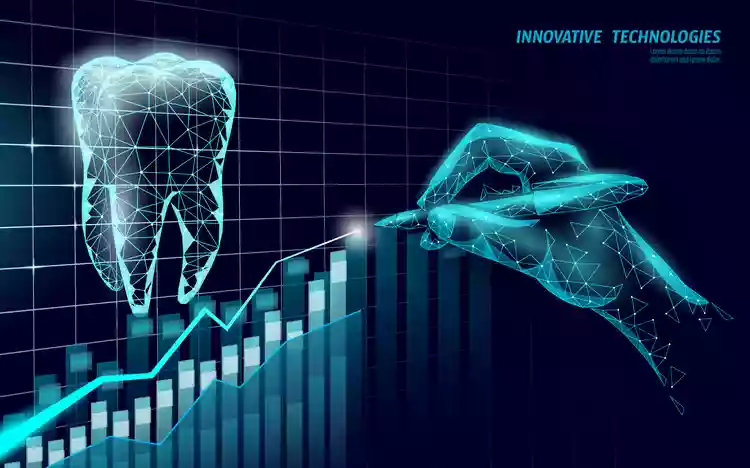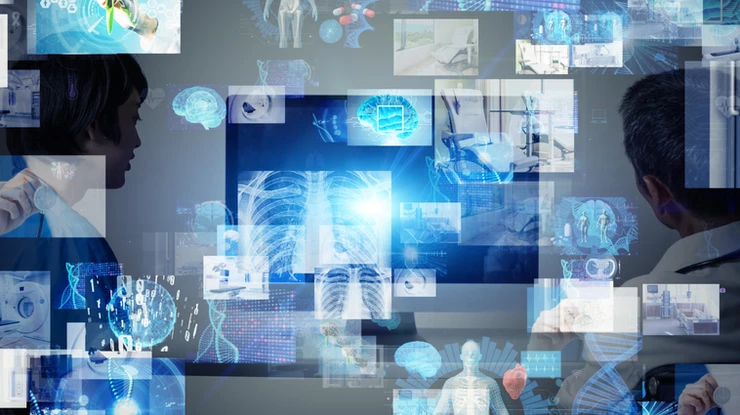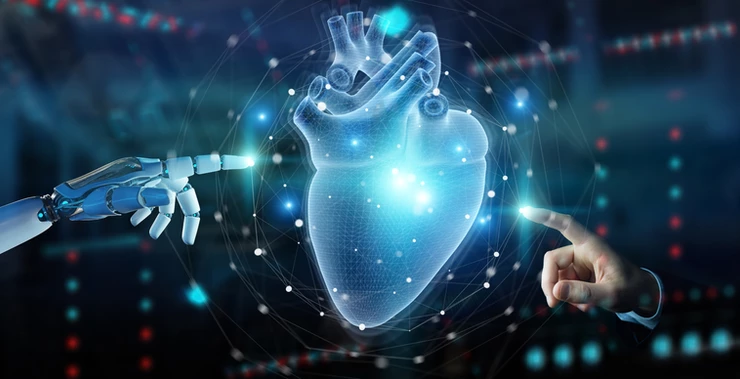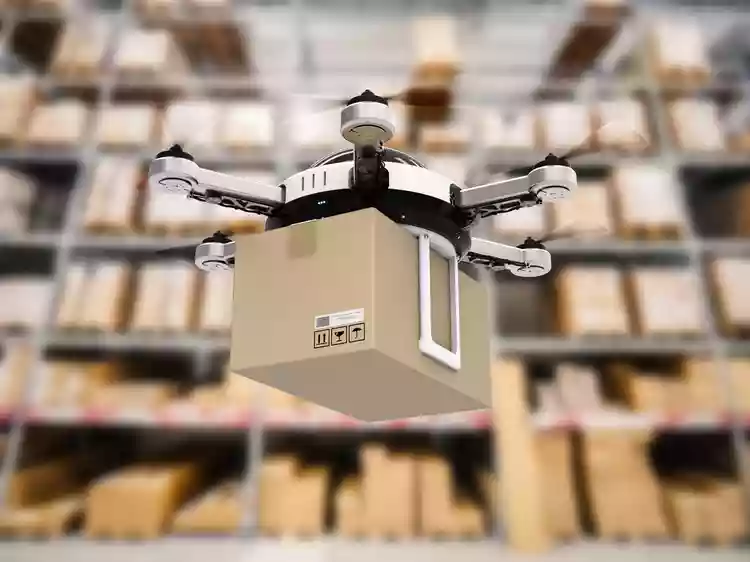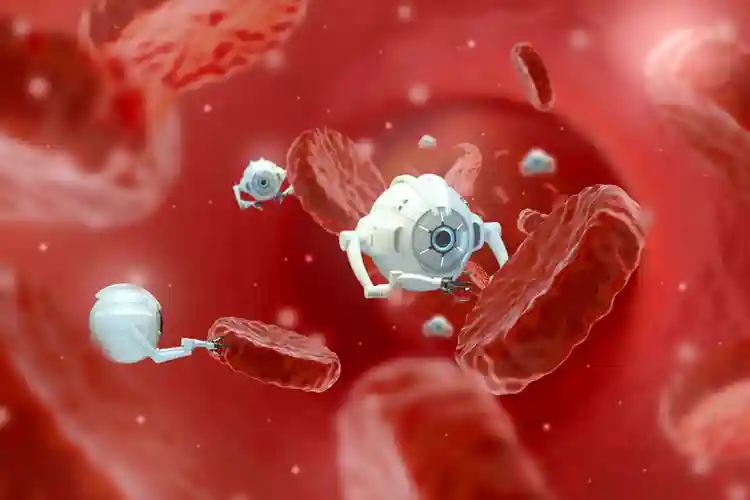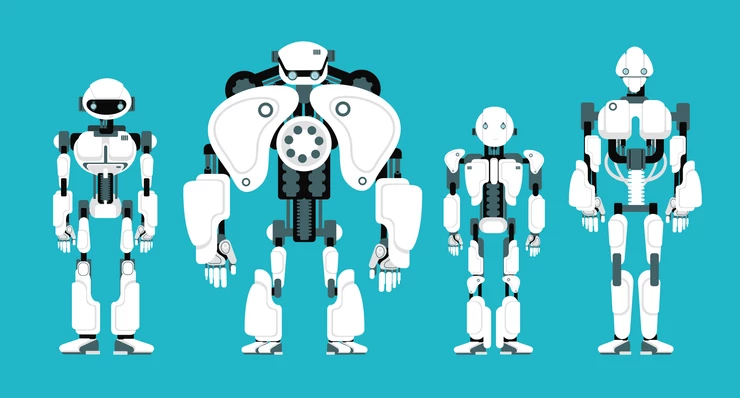The Explosion of Wearable Sensors in Healthcare
Healthcare is in the midst of a transition from conventional medicine to a patient-centric, consumer-led model. Earlier, a doctor would diagnose and plan the treatment based on a fragmented medical history or medical records. However, with the advent of wearable technologies and sensors, it is possible to generate rich data sets that would enable health …

